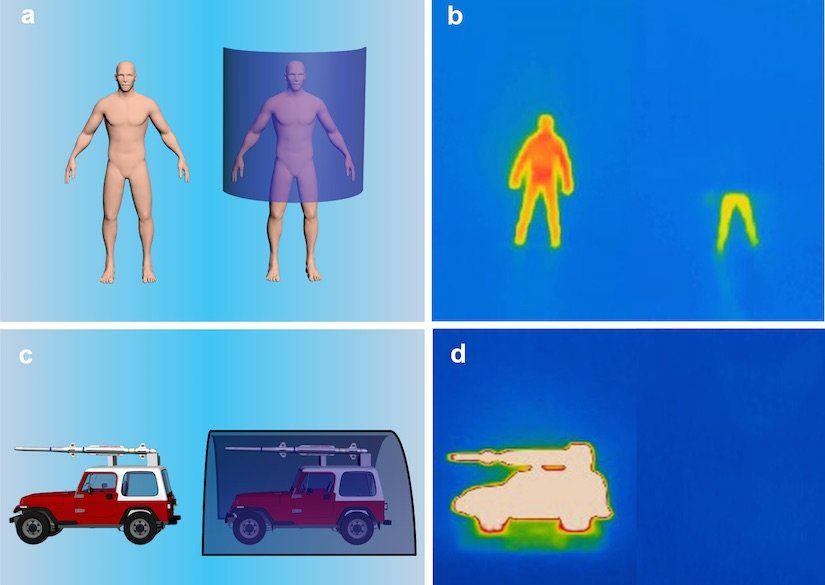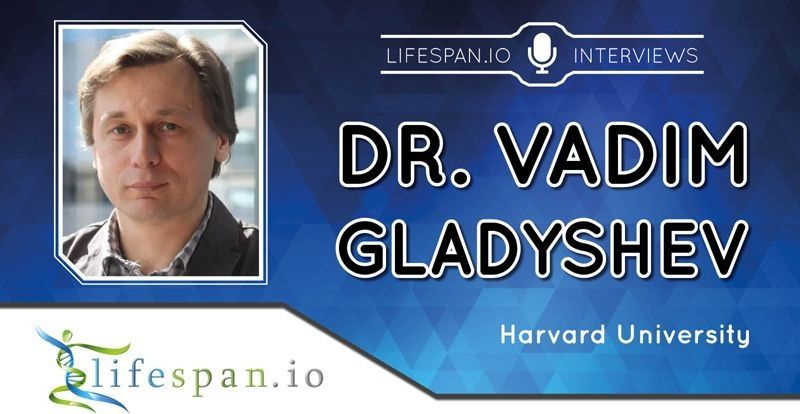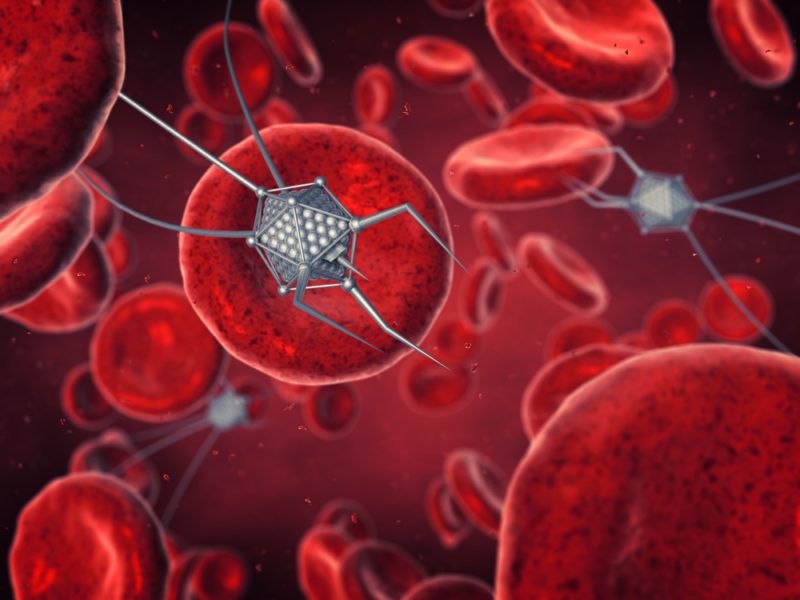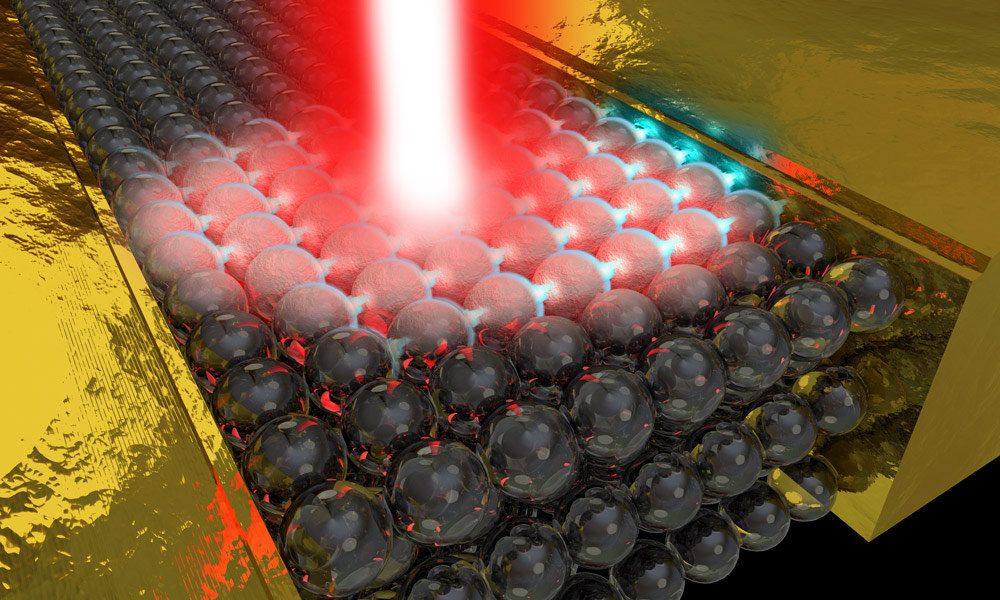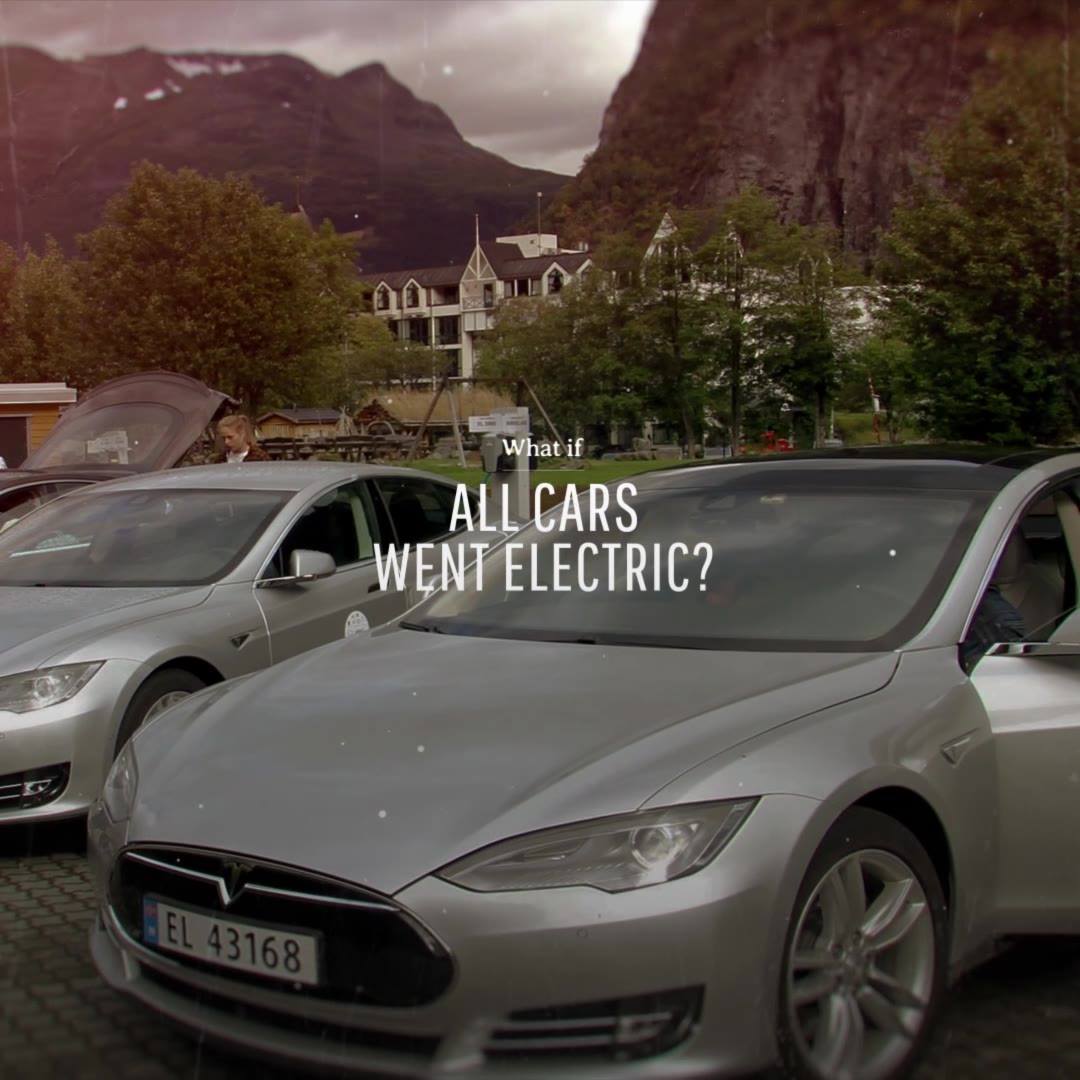Jun 21, 2018
‘Stealth sheet’ hides hot objects from prying infrared eyes
Posted by Nicholi Avery in categories: drones, materials
Infrared cameras are the heat-sensing eyes that help drones find their targets, even in the dead of night or through heavy fog.
Hiding from such detectors could become much easier, thanks to a new cloaking material that renders objects—and people—practically invisible.
“What we have shown is an ultrathin stealth ‘sheet.’ Right now, what people have is much heavier metal armor or thermal blankets,” says Hongrui Jiang, the Lynn H. Matthias Professor and Vilas Distinguished Achievement Professor of electrical and computer engineering at the University of Wisconsin-Madison.
